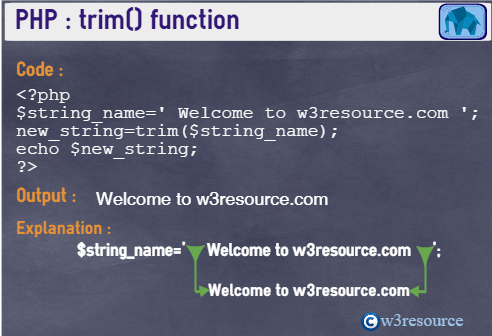

In this tutorial, you have learned how to use the Oracle LENGTH() function to get the number of characters of a string. Otherwise, the first 50 characters of the description will be used. If the product description has the length less than 50, it will be used as the excerpt. If you specify LEADING, then Oracle Database removes any leading characters equal to trimcharacter. If trimcharacter or trimsource is a character literal, then you must enclose it in single quotation marks. SELECTĬASE WHEN LENGTH( description ) > 50 THEN CONCAT( SUBSTR( description, TRIM enables you to trim leading or trailing characters (or both) from a character string. The following statement uses the LENGTH() function with CONCAT() and SUBSTR() functions to return the excerpts for products. Suppose, you have to display a list of products with their excerpts on the company’s website. It uses the LENGTH() function in the GROUP BY clause: SELECT LENGTH( first_name ) len, The following statement groups employees by the lengths of their first names. It uses the LENGTH() function in the ORDER BY clause: SELECT The following statement sorts the employees by the lengths of their first names. Oracle TRIM () function removes spaces or specified characters from the begin, end or both ends of a string.


See the following employees table in the sample database: The following statement uses the LENGTH() function to calculate the number of characters of the string 'Oracle LENGTH' using a single-byte database character set: SELECT 'Oracle LENGTH' string,Ĭode language: SQL (Structured Query Language) ( sql ) If the string_expression is CHAR data type, its length will include all leading and trailing blanks. If the string_expression is NULL, the LENGTH() function returns NULL. The LENGTH() function returns a positive integer that represents the number of characters in the string_expression. The data type of string_expression argument can be any of the following data types CHAR, VARCHAR2, NCHAR, NVARCHAR2, CLOB, or NCLOB. The string_expression can be a constant, a variable or a column of a table. Is the string or an expression that returns a string to be evaluated. The Oracle LENGTH() function accepts one argument: The following illustrates the syntax of the Oracle LENGTH() function: LENGTH(string_expression) Ĭode language: SQL (Structured Query Language) ( sql ) Arguments It measures the length of the string in characters as defined by the input character set. The return string is in the same character set as trim_source.The Oracle LENGTH() function returns the number of characters of a specified string. The string returned is a VARCHAR2 ( NVARCHAR2) data type if trim_source is a CHAR or VARCHAR2 ( NCHAR or NVARCHAR2) data type, and a CLOB if trim_source is a CLOB data type. It’s a common practice to sanitize any user-input data from a web form, including the removal of any whitespace (blanks and spaces) from both the beginning and end of a string. If either trim_source or trim_character is null, then the TRIM function returns null.īoth trim_character and trim_source can be VARCHAR2 or any data type that can be implicitly converted to VARCHAR2. This function is used to remove the specified character from head of the string or tail of the string. PHP trim functions: trim () A space is a character and can be targeted with any of the 3 string functions I am covering in this post. The maximum length of the value is the length of trim_source. Technical Details More Examples Example Remove whitespaces from both sides of a string:


 0 kommentar(er)
0 kommentar(er)
